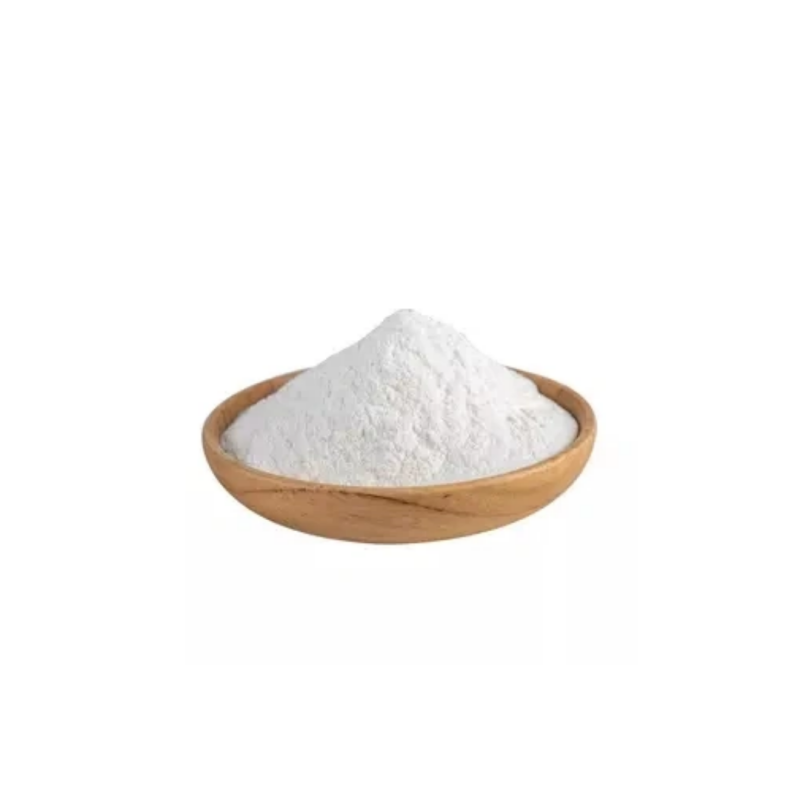-
Categories
-
Pharmaceutical Intermediates
-
Active Pharmaceutical Ingredients
-
Food Additives
- Industrial Coatings
- Agrochemicals
- Dyes and Pigments
- Surfactant
- Flavors and Fragrances
- Chemical Reagents
- Catalyst and Auxiliary
- Natural Products
- Inorganic Chemistry
-
Organic Chemistry
-
Biochemical Engineering
- Analytical Chemistry
-
Cosmetic Ingredient
- Water Treatment Chemical
-
Pharmaceutical Intermediates
Promotion
ECHEMI Mall
Wholesale
Weekly Price
Exhibition
News
-
Trade Service
First, macroeconomics
First, macroeconomicsDomestically: China's official manufacturing PMI in February was 51.
6, higher than expected and the previous value, standing on the boom-dry line
for seven consecutive months.
According to the Bureau of Statistics, the manufacturing industry continues to maintain a stable and positive trend, including the recovery of market demand, and the continued stabilization and improvement of imports and exports
.
China's Caixin manufacturing PMI came in at 51.
7 in February, well above expectations and the previous reading
.
It shows that the overall operation of the manufacturing industry is improving
for the sixth consecutive month.
The overall improvement this month, although modest, is the second highest in
more than four years.
Internationally: The global manufacturing data for February was released, and the US ISM manufacturing PMI rose to 57.
7, the fastest since August 2014 for the sixth consecutive year, and far exceeded expectations and the previous value
.
Eurozone manufacturing expansion accelerated but slightly missed expectations, with Markit data showing a Eurozone manufacturing PMI of 55.
4 in February, slightly below expectations and the preliminary reading of 55.
5
.
Among them, the final Markit composite PMI in France was 52.
2 in February, lower than expectations and the previous value, and the final Markit manufacturing PMI in Germany in February was 56.
8, the highest
since May 2011.
UK manufacturing expansion has slowed but remains solid
.
Markit released data showing that the UK manufacturing PMI came in at 54.
6 in February, slightly below expectations and the preliminary reading of 55.
8
.
2.
Analysis of this month's market trend
(i) Market analysis
(i) Market analysis
Analysis of key products of cable raw materials (copper): According to cable network monitoring data, domestic copper prices rose first and then fell in February, and on the whole, the trend was slightly volatile
.
Represented by the Yangtze River nonferrous spot market, the copper price at the beginning of the month was 46750 yuan / ton, and the copper price at the end of the month was 47580 yuan / ton, up 830 yuan, an increase of 1.
78%.
On the macro front: Strong manufacturing data from both China and the United States in February reinforced investor optimism about the growth prospects of the world's two largest economies, with copper prices rising on support, although strong U.
S.
economic data also boosted expectations of a Fed rate hike in March, boosting a stronger U.
S.
dollar and limiting
copper rally.
In addition, copper prices rose sharply in the first half of the month, mainly due to frequent supply disruptions
.
Since February, there have been a series of copper mine supply disruptions around the world, first the strike at BHP Billiton's Escondida copper mine in Chile, followed by the suspension of production at the Indonesian copper mine of McMoron Copper and Gold Company of Freeport in the United States, and then the E1Saldado copper mine in Chile under Anglo American Group stopped production due to flooding in Peru, and a series of events disrupted global copper mine supply
.
However, in the second half of the month, the copper market demand contraction expectation heated up, on the one hand, China's continuous regulation of the real estate market, on the other hand, the scale of infrastructure in the United States shrank, and concerns about demand caused copper prices to fall all the way back to the price
at the beginning of the month.
In terms of market: the overall performance of copper prices after the year was more volatile, and the overall price center of gravity was higher
than a few years ago.
However, the slight rise in copper prices has not stimulated market demand, on the one hand, because many downstream domestic downstream return to the market is relatively slow, on the other hand, because the market bullish sentiment is not high, so they are not eager to enter the market to purchase
.
From the supply side, the return of holders to the market is slightly earlier than the downstream, so the market supply has been very sufficient after the year, and spot copper has remained in a discounted state
for a long time.
This month, the market supply is still dominated by flat water copper and wet copper, although good copper is favored by the market, but relatively scarce
.
This month, domestic goods have been increasing as merchants return to the market, but the source of imported copper has not changed much
from the previous month.
On the demand side, the market transaction situation this month is not ideal, and the downstream bullish sentiment is more limited, so it maintains on-demand market procurement, replenishment of inventory is very limited, and market trading is still dominated by traders
.
Overall, the spot copper market in February was extremely light
.
However, in the traditional March consumption season, copper market demand is still likely to improve, mainly based on the domestic manufacturing form is stable and good and the cooling of the real estate industry has not been confirmed, if demand improves, then copper prices can still break through the 50,000 mark
.
12345Next View full article
12345Next View full article





